Committed to Creating Sustainable Museums
Museums have almost universally embraced sustainable and green design principals. VernerJohnson has been and continues to be committed to creating sustainable buildings that withstand the test of time aesthetically, operationally, and functionally. Our design process helps ensure that our buildings will continue to perform as well 50 years out as they do when they open. Most of our clients choose to pursue LEED™ certification and VernerJohnson helps ensure that certification is achieved.
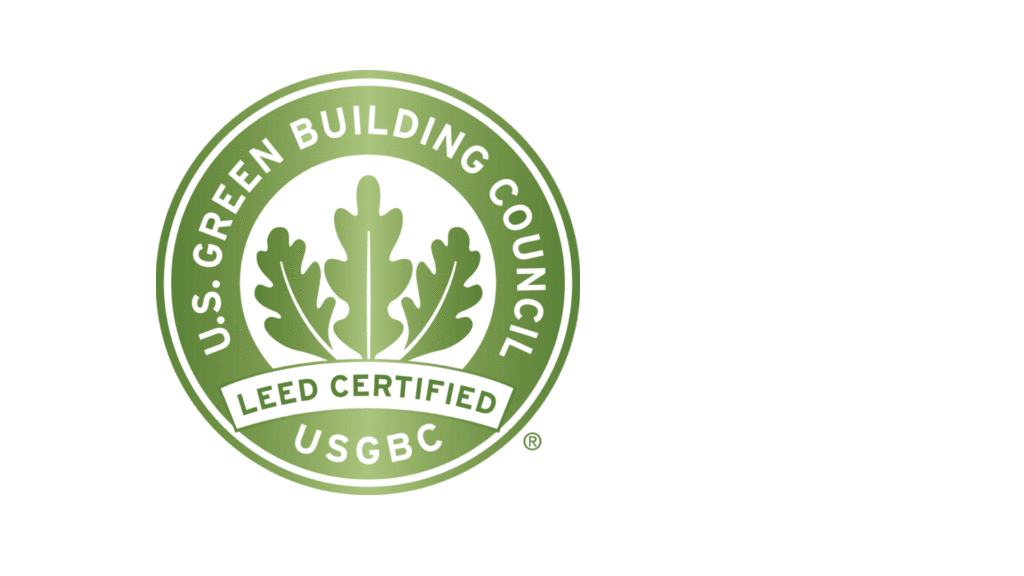
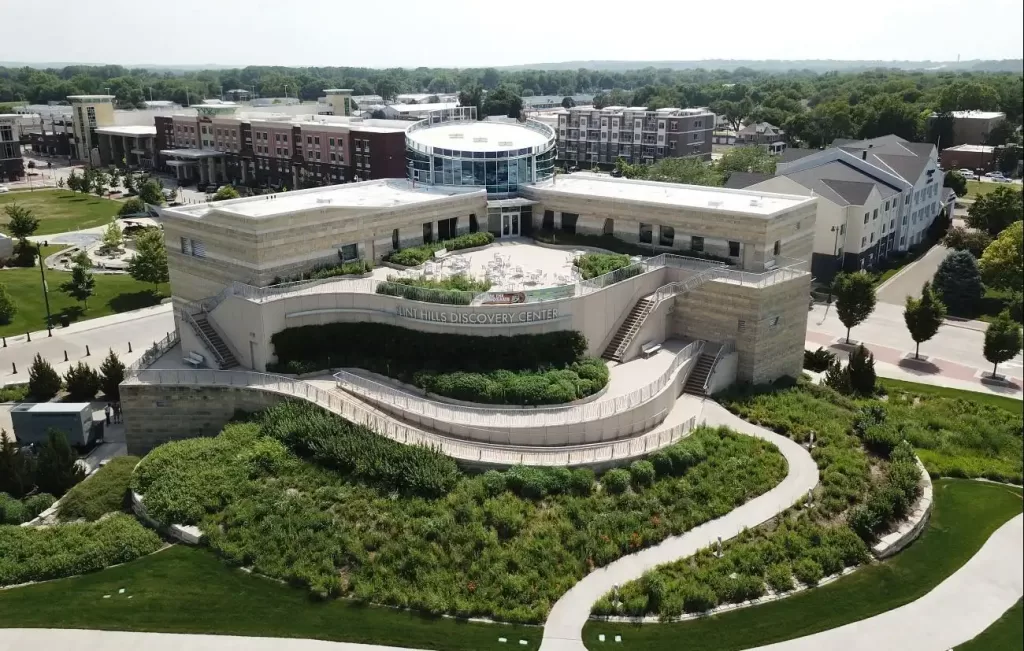
Flint Hills Discovery Center – LEED Gold
The Flint Hills Discovery Center is the first city building in Manhattan, KS to achieve LEED certification. We designed a heating and cooling system that is supported by a geo-thermal well field and heat pump technology. LED or low-voltage lighting components for exhibition, architectural and landscape features are used. The building has a complex green roof consisting of soils, gardens and terraces. Two on-site bioswales are used for groundwater filtration. More than 85% of the building’s materials and labor source was obtained from within a 50 mile radius of the site.
Museum at Prairiefire – LEED Silver
With an architectural concept rooted in sustainability (the controlled burn of the tallgrass prairie), the Museum design and construction embodies environmentally sound practices as well. Including the adjacent wetlands park, 77% of the site is dedicated to vegetated open space. The project significantly reduced overall water use, saving 41% inside the building through installation of low flow fixtures, and 76% savings in landscaping through the use of native plantings, high-efficiency sprinkler heads, and automatic irrigation controls. To reduce energy consumption, the HVAC system utilizes energy recovery wheels to extract heat and moisture from exhaust air in order to condition incoming fresh air. High efficiency glazing, LED light fixtures and occupancy and daylight sensors also provide energy savings. Other sustainable features include installation of locally-sourced materials, recycled materials, and low-VOC materials.
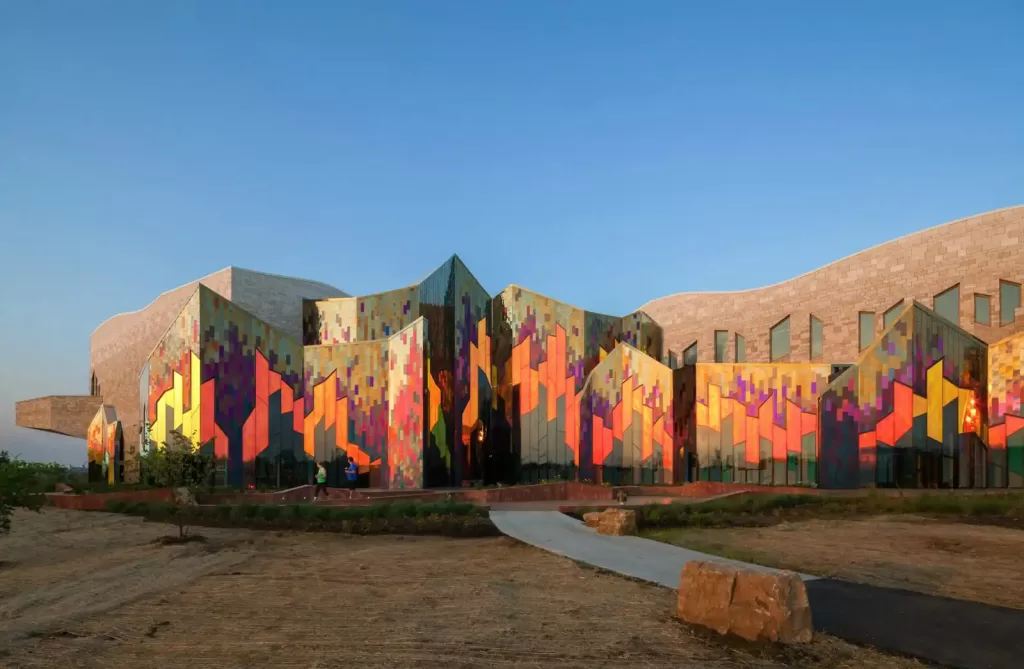
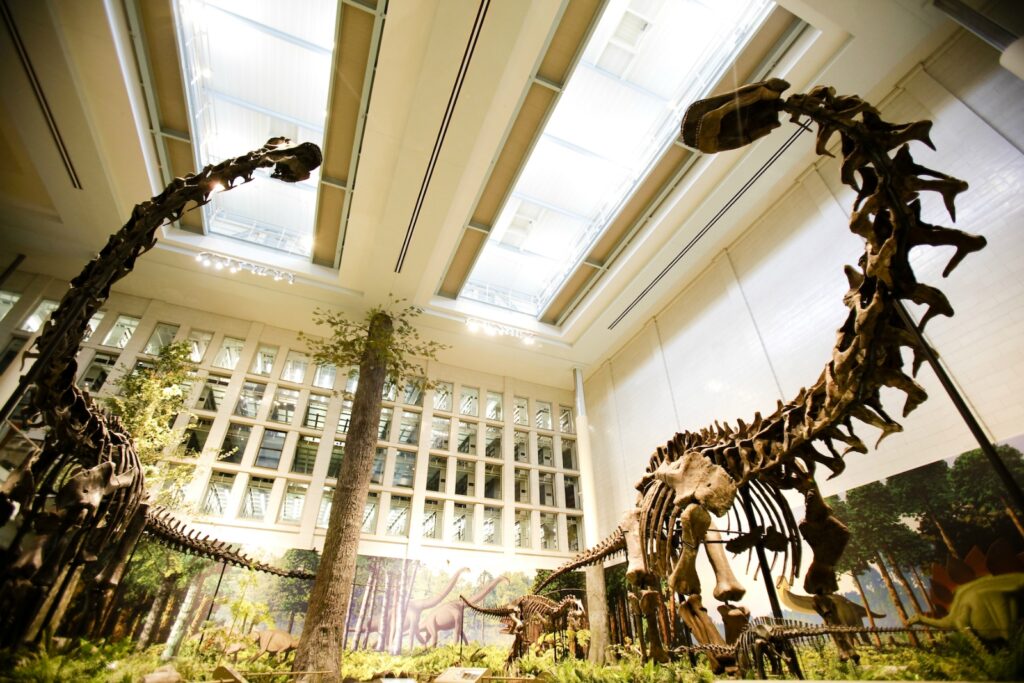
Carnegie Museum of Natural History – LEED Silver
The Dinosaurs in Their Time project was the museum’s largest expansion in 100 years, and the first to undergo LEED certification. Aggressive daylighting strategies not only lowered the museum’s energy consumption, but also greatly enhanced the exhibit experience. In addition to using recycled materials and reducing project waste, the design was able to minimize heating and cooling systems and maximize passive systems to maintain the rigorous climate control required for maintaining one of the world’s premier dinosaur fossil collections.
Caguas Science Center – LEED Silver
Sustainability is a large part of both the museum’s mission and the exhibit subject matter, and the reason this museum was the first in Puerto Rico to pursue LEED certification. The project is an extensive re-use of an existing structure that incorporates a new energy efficient building envelope and natural light. Other sustainable features include the implementation of a 15,500 square foot green roof, reducing the heat-island effect and for storm water collection/re-use, a new permeable planting entry plaza, and the use of solar panels.
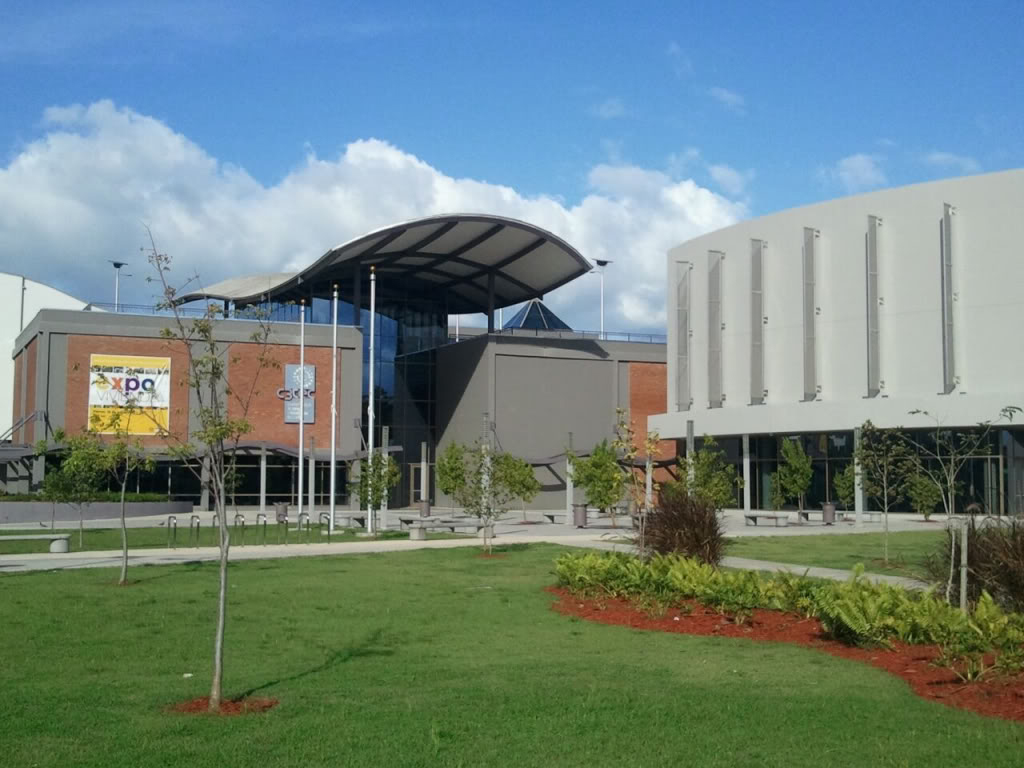
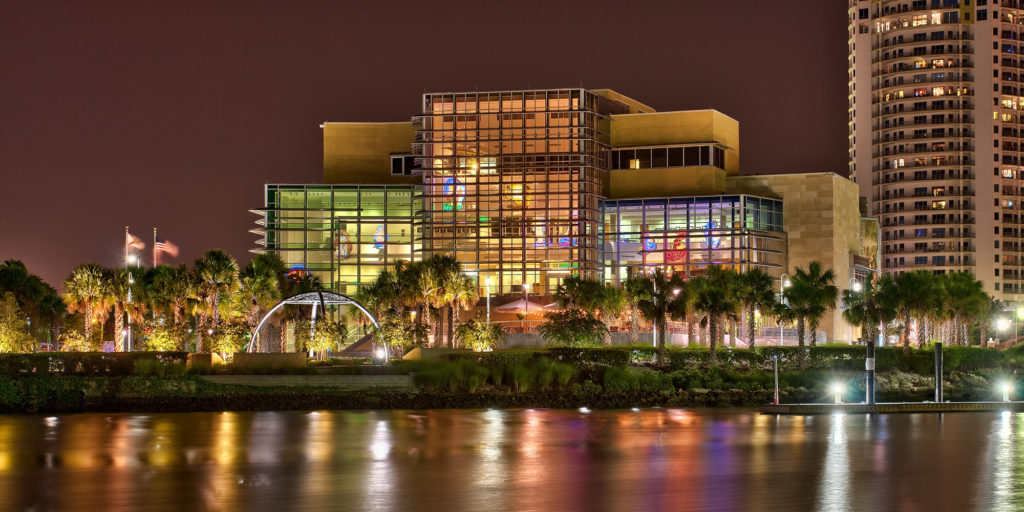
Tampa Bay History Center – LEED Silver
The Tampa Bay History Center is Hillsborough County government’s first green building. The building’s site is former industrial waterfront land that has been restored to a near natural state. Extensive recycling during construction diverted 91% of construction debris from landfills. Other sustainable features include brick paving recycled from historic Tampa streets, the atrium’s argon-filled double-pane exterior windows, providing extra insulation and hurricane wind-resistance, and south facing glazing which is shaded to provide natural light while preventing solar heat gain in Florida’s hot climate.
